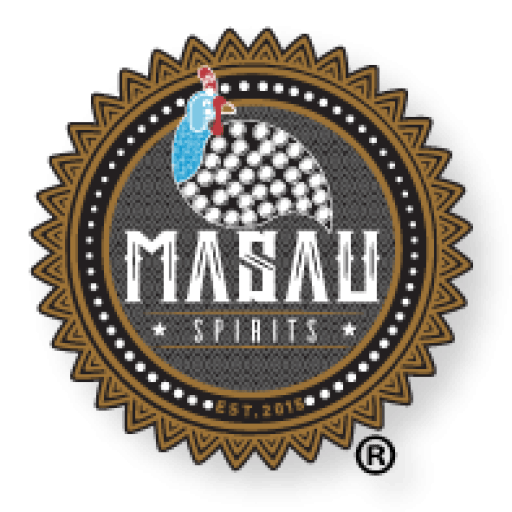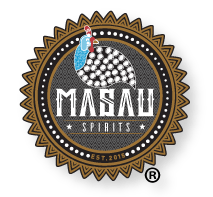About Masau Fruit
Ziziphus Mauritiana, Indian Jujube also known as Masau in Shona and some Southern African languages of Zimbabwe, Zambia and Mozambique is tropical fruit tree species that grows widely in most arid and semi-arid regions of the world. Indigenous to Southern Asia and Eastern Africa, it is widely cultivated throughout the world. Found in Malawi, Mozambique, Zimbabwe, Zambia and Limpopo Province in South Africa where it has become staple in the diets and livelihood of these rural communities.
Many products can be derived from the Masau tree such as firewood, building material, herbs and fruit which is highly nutritious providing a valuable source of energy and vitamins. Extracts from the fruits, seeds, leaves, roots and bark of the Masau tree are used as traditional medicines and animal feed. The Masau fruit is one the most widely used wild fruit in Zimbabwe, Zambia and Mozambique.
The 1-3cm diameter Masau fruit ripens from mid-June and is available until the end of September, starting off green in colour, turning yellow to brown as it ripens. Trees yield 80 to 100kg of fresh fruit/year when the trees are in their prime bearing age of 10–20 years. The fruit has a pleasant apricot-like flavour and can be distinguished into sour and sweet taste categories; attributed to the presence of glucose and fructose, citric, malic, oxalic, and succinic acids. The sour type of Masau fruit is preferred for making alcohol because it is considered to give the spirit a better taste.
As the Masau fruit ripens, it falls to the ground, where both villagers and goats eagerly await their share. The fruit is eaten fresh, but also as candied fruit, fruit in syrup, jam and juice. Ripe fruits are preserved by sun-drying and a powder is prepared for out-of-season use such as making of porridge, traditional cake, mahewu and traditional distilled spirit. The porridge is made by mixing water and masau powder followed by boiling while stirring.
The traditional cake is made from masau powder by mixing it with a small quantity of water to enable it to be moulded into desired shapes, ready to be consumed as a snack. For mahewu, the dried masau fruits together with the seeds are pounded using pestle and mortar and mixed with water to make slurry.
Traditional brews in Zimbabwe are often made for special occasions—whether it’s paying last respects to a loved one, celebrating a wedding, or toasting at a graduation party. In making of the alcohol, the dried masau pulp is mixed with water (approximately 1:10 ratio of pulp: water) and left to ferment spontaneously for 6–7 days. The fermented pulp is not consumed as such because of its unattractive appearance and smell. The fermented pulp is transferred to a drum and distilled to obtain the spirit called Kachasu. From 10 kg of dried masau fruits, the distillation process of its fermented pulp yields about 15 liters of alcoholic spirit.
The ethanol content of the fermented pulp ranged from 2.1–3.7% ABV, whereas the distillate (Kachasu) can have alcohol levels ranging from 23.8–45.6% ABV in a single distillation. Quite interesting and dynamic is the fact that Masau superbly qualifies both within the Food and Beverage categories over and above its medicinal properties and value.

